-
×

-
×
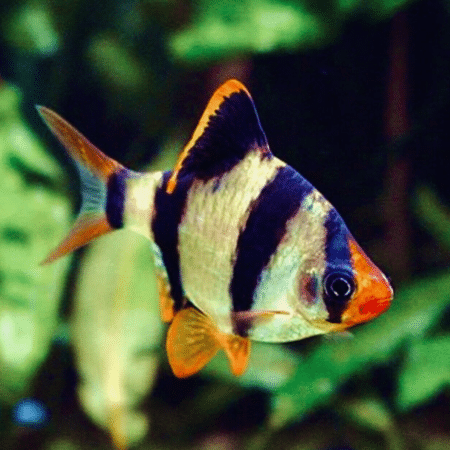
-
×
 2 X GREEN TERROR CICHLID -ANDINOACARA RIVULATUS - LIVE TROPICAL FISH 4-5 CM, Stunning South American Cichlids, Perfect for Enhancing Your Aquarium with Vibrant Colors and Intense Personality
1 × £16.00
2 X GREEN TERROR CICHLID -ANDINOACARA RIVULATUS - LIVE TROPICAL FISH 4-5 CM, Stunning South American Cichlids, Perfect for Enhancing Your Aquarium with Vibrant Colors and Intense Personality
1 × £16.00 -
×

-
×

-
×
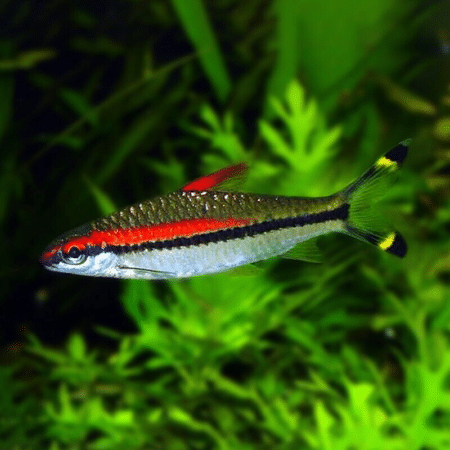
-
×

-
×

-
×

Subtotal: £107.32

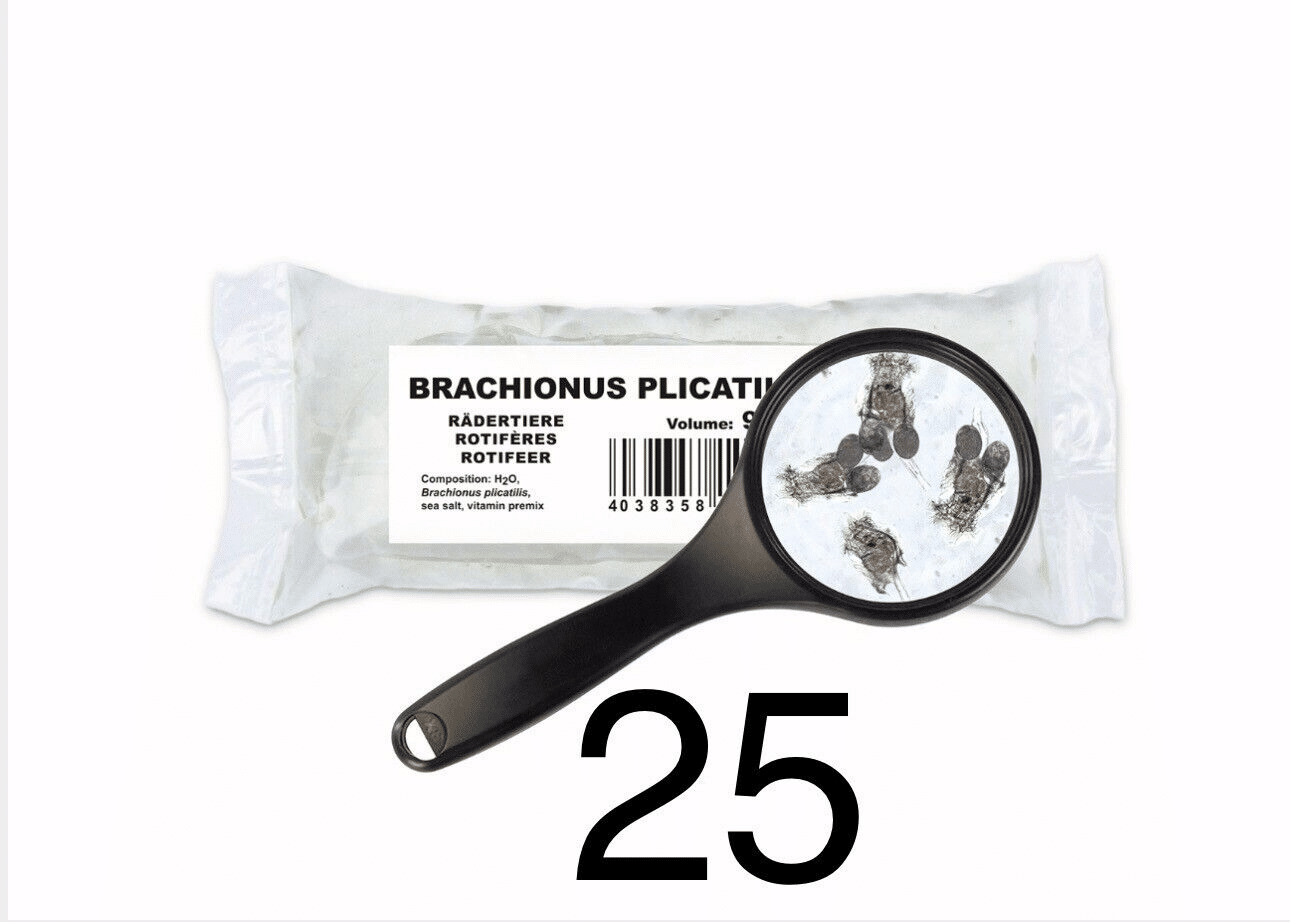

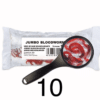


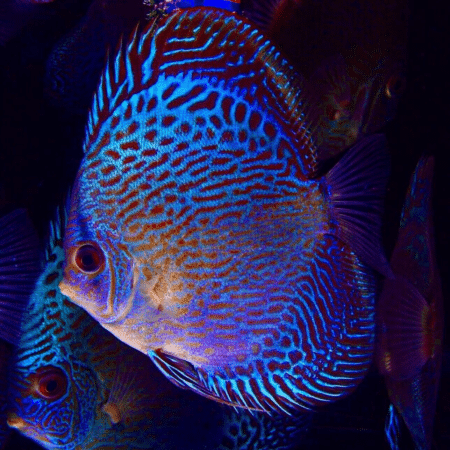
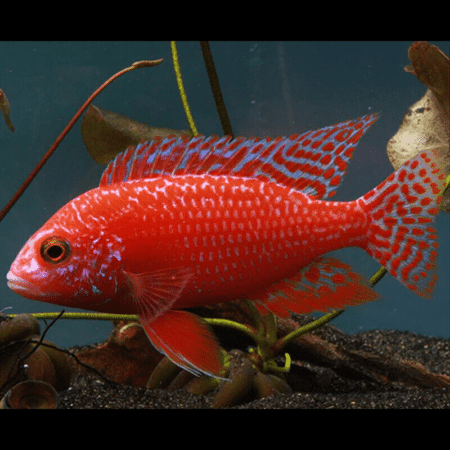

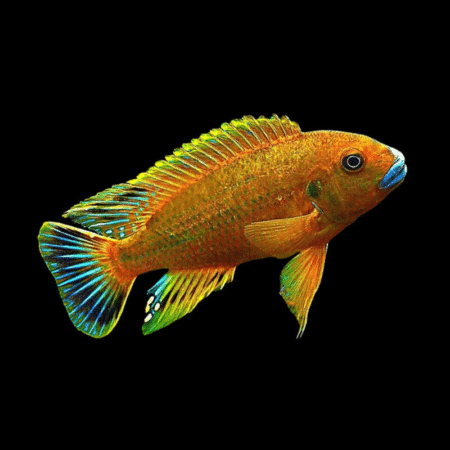
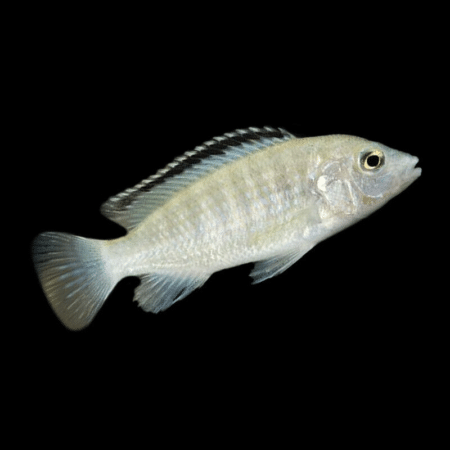

Emily Parker (verified owner) –
As a caring fish parent, I’m always on the lookout for quality fish food that keeps my betta fish healthy and happy. After using the 25 x 90 ML Live Red Rotifer for about two weeks, I can confidently say that this stuff is fantastic! My betta, named Finn, absolutely devours these rotifers. The size is perfect for him, and I noticed a significant improvement in his coloration and energy levels shortly after introducing this live food to his diet. Compared to frozen food, these live rotifers have been a game-changer—Finn is more active and exhibits a distinct vibrancy that I hadn’t seen before. Additionally, they arrived promptly and were well-packaged, ensuring the rotifers were still lively. My only minor concern is that I wish the containers were slightly larger, but honestly, that’s a small trade-off for the quality provided. I highly recommend this product to anyone with bettas or other small fish that need a nutrient-rich diet. It’s a delightful addition to their meals, and I’m excited to see how it continues to benefit Finn’s health!
Emily Robinson (verified owner) –
I recently purchased the 25 X 90 ML Live Red Rotifer for my aquarium, and I am absolutely thrilled with the results! As a caring fish parent, I prioritize the health and happiness of my fish, especially my betta. After just one week of introducing these live rotifers, I noticed a substantial difference in my betta’s vibrancy and energy levels. The colors of his fins have become even more striking, and he just seems so much happier!
I previously tried freeze-dried options, but they just didn’t compare in terms of nutrition. The live rotifers are not only a great source of protein, but they also encourage natural hunting behavior, which is so important for my fish’s mental stimulation. I’ve also noticed my other community tank inhabitants, including guppies and tetras, thriving and growing faster since I started using this food.
The packaging is convenient, and it arrived quickly—everything was fresh and ready to go. My only minor concern was that I had to be careful not to overfeed, as my fish would gobble them up in seconds!
I highly recommend this live food for any aquarist, especially those with bettas or community tanks looking to enhance their fish’s diet and overall health. You won’t regret it!